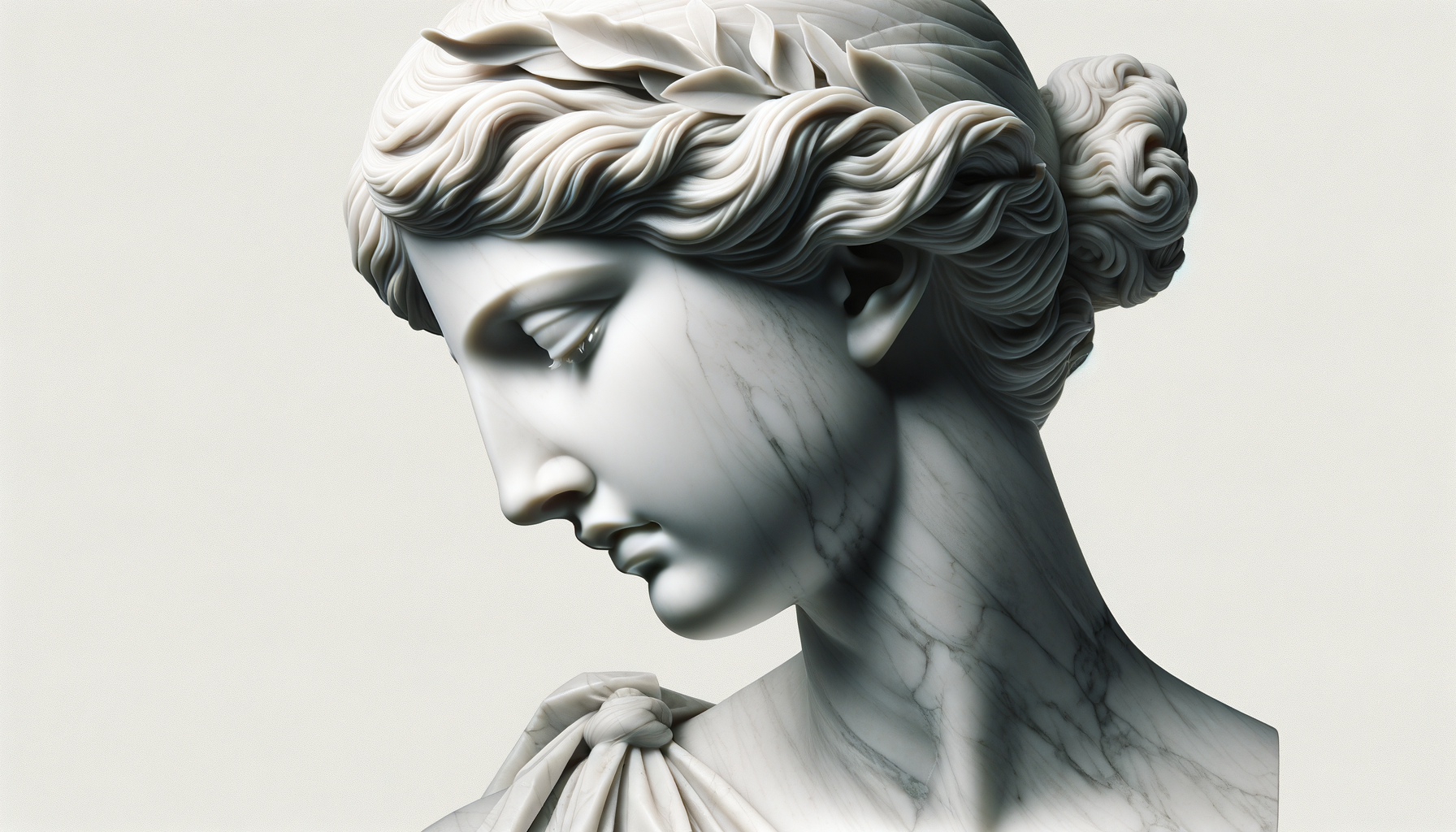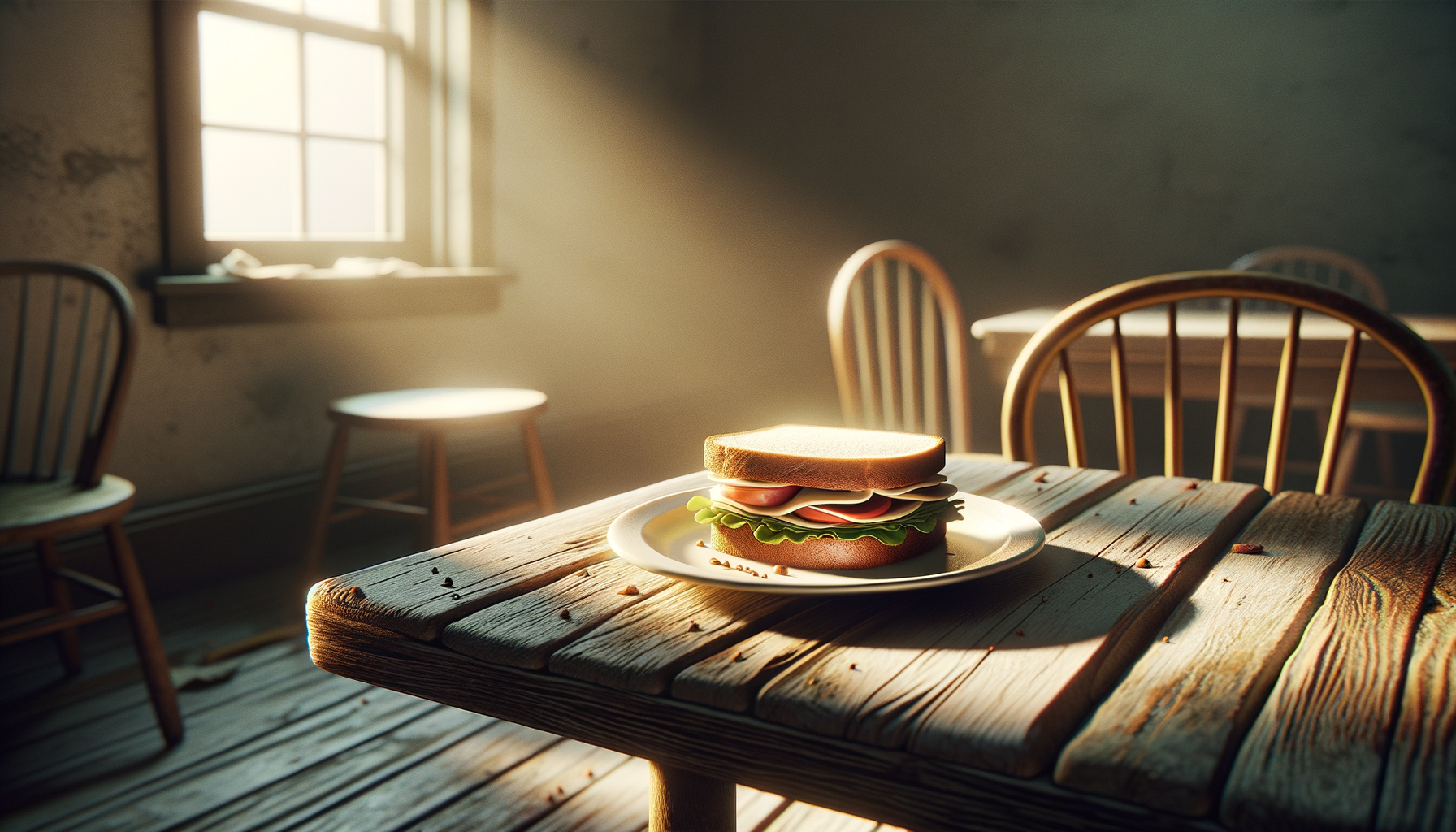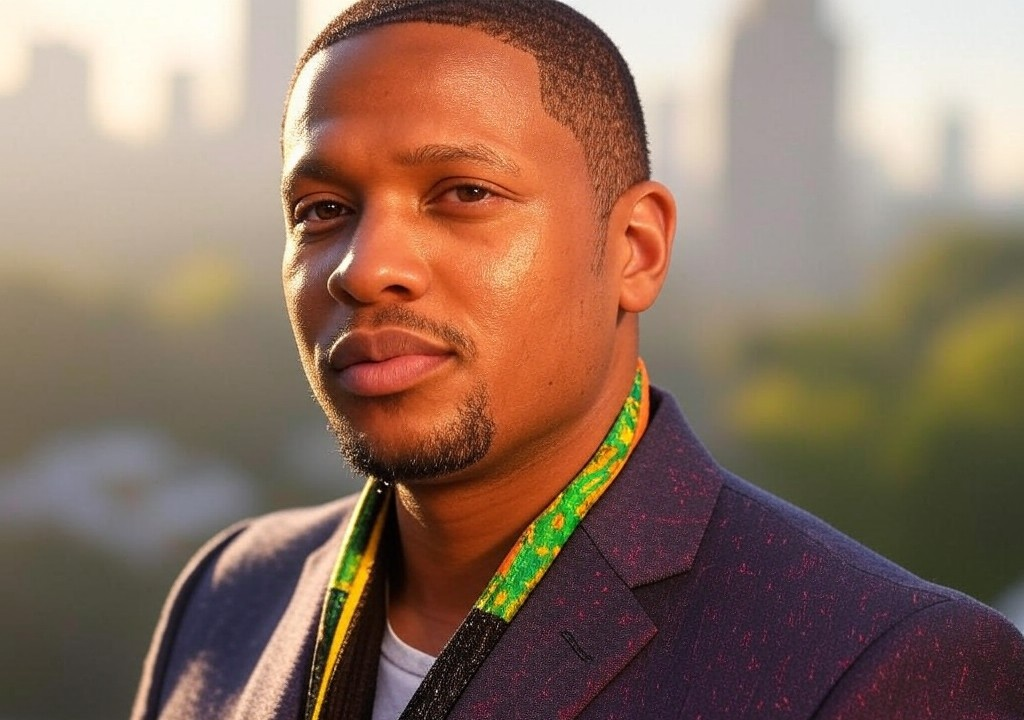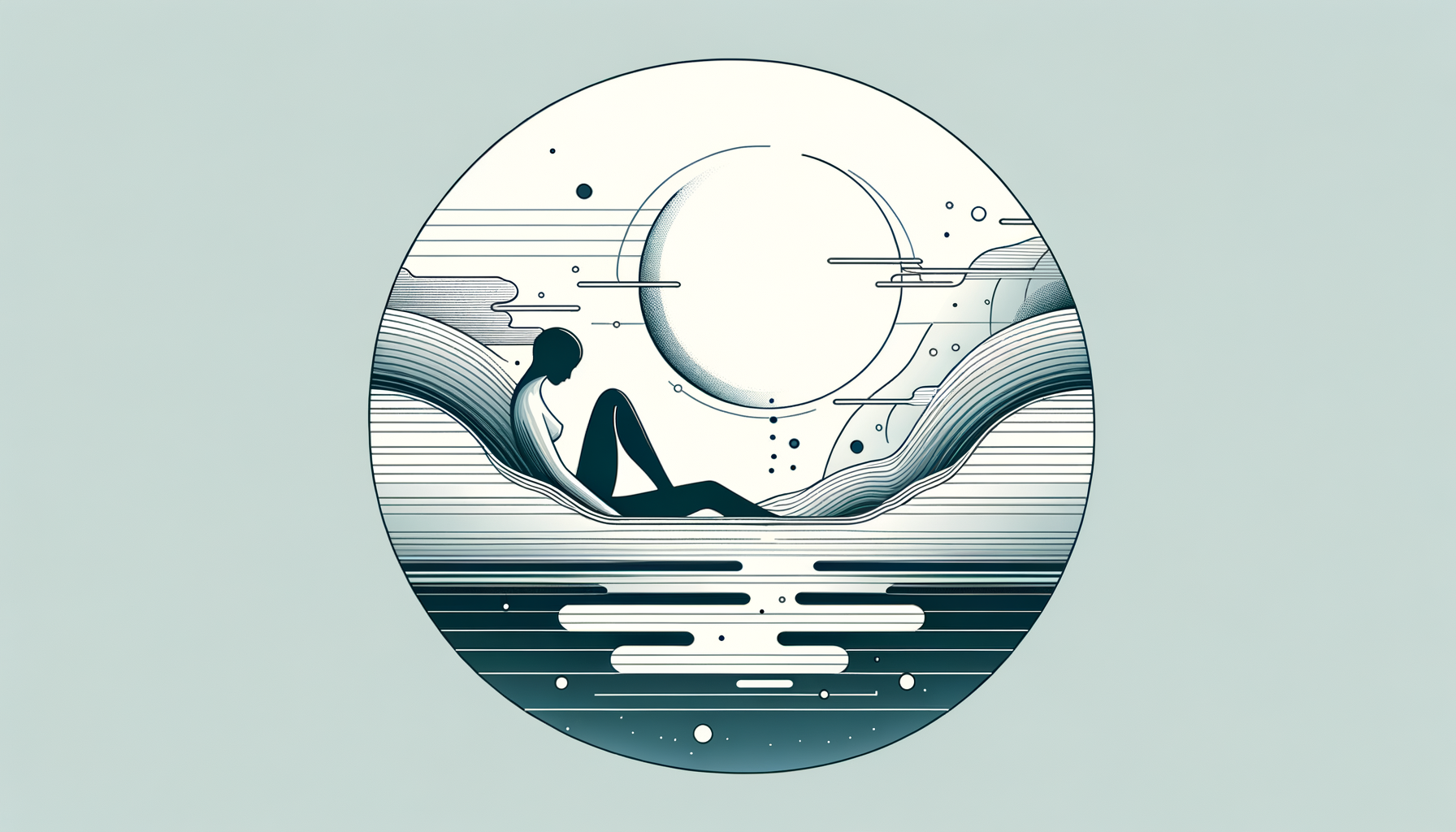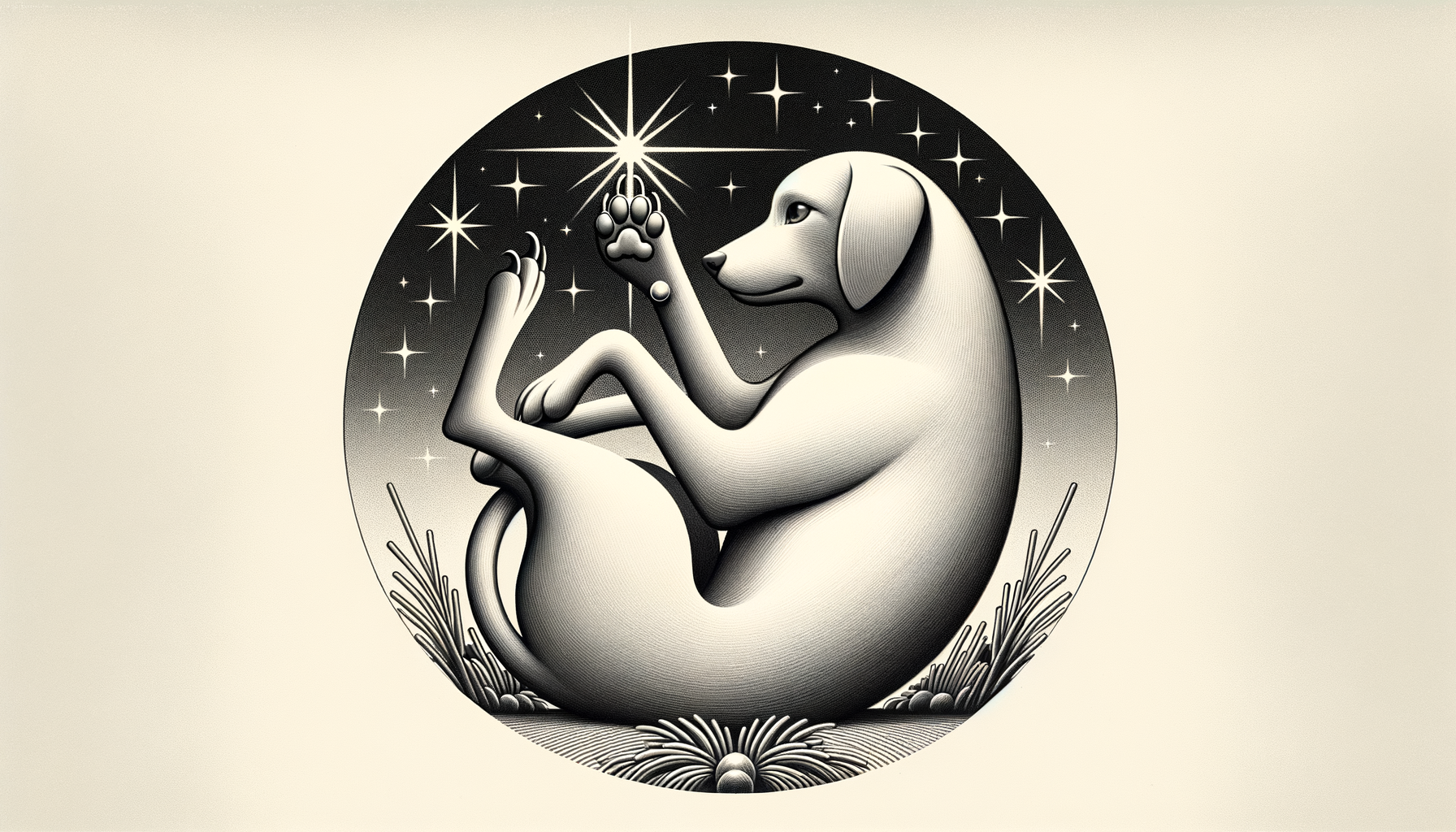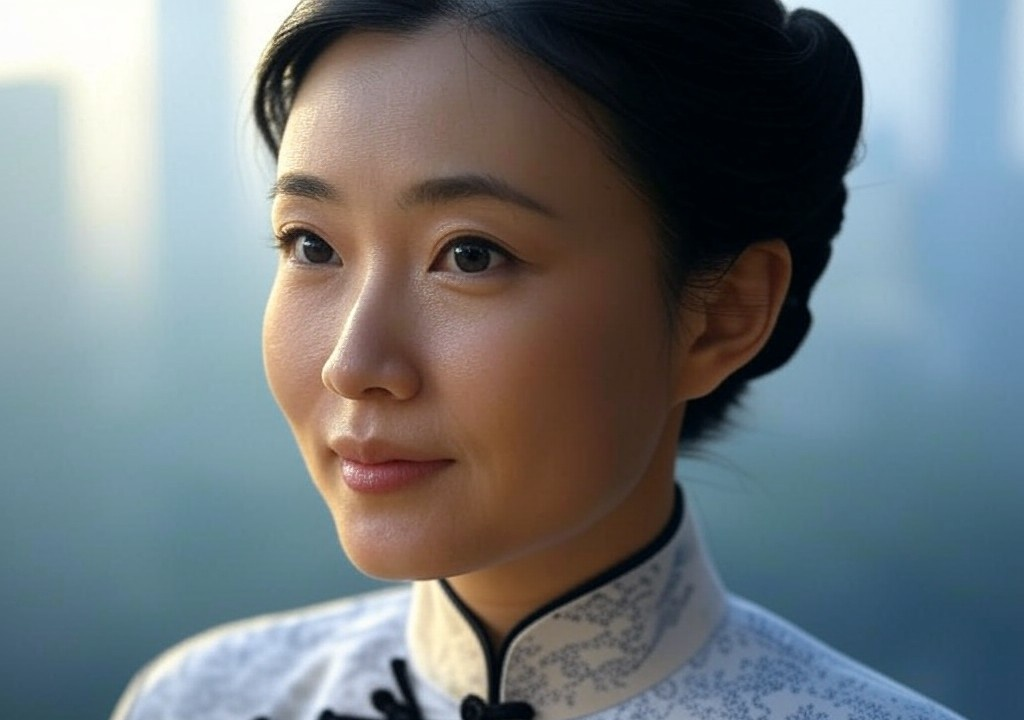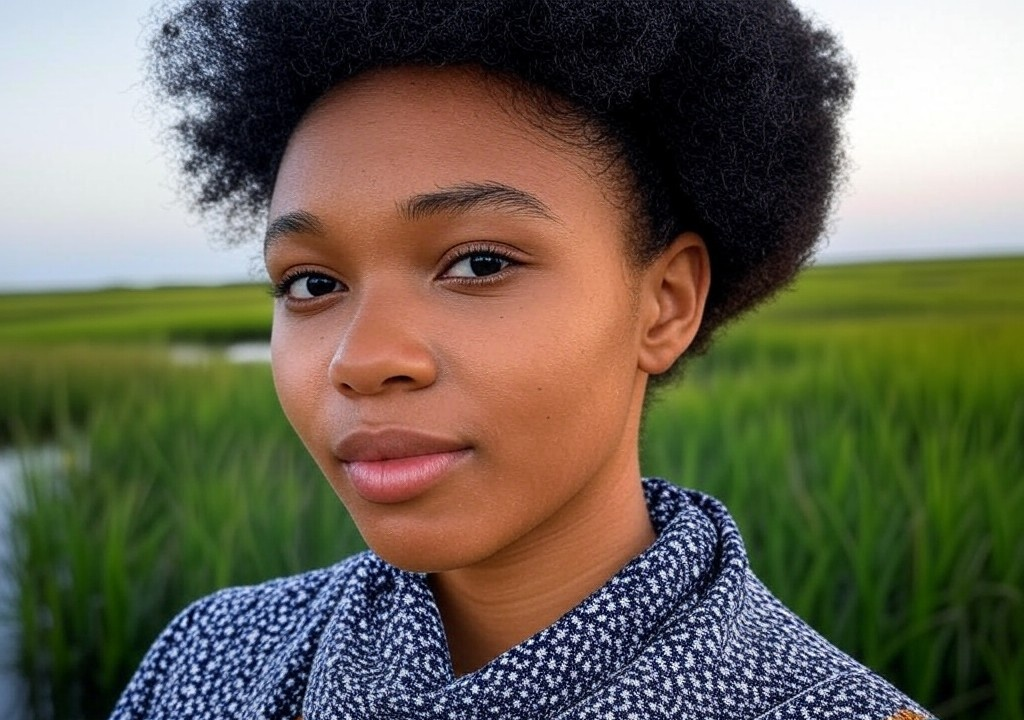The phone rang while I was standing in the middle of my tiny London apartment, one of those charming yet slightly claustrophobic rentals where you could make tea, do laundry, and contemplate all your life choices without ever leaving the kitchen. It was unusually cold for May, and I remember nursing a chipped mug of Earl Grey, the kind that’s perpetually lukewarm because British heating systems tend to feel more symbolic than functional. I glanced down. The caller ID read “Private Number.” Ordinarily, I’d let it go to voicemail (nothing good ever starts with “Private Number,” does it?), but something compelled me to answer.
“Hello?” I said in the tone one uses for relentless robocallers selling dodgy solar panels.
“Is this Veronica Saint Claire?” It was an American voice—male, polished, and dripping with the kind of confidence that suggests they probably dominate corporate boardrooms or spin rooms on cable television. I clicked off the kettle, unsure of where this was going but suddenly keenly aware of my unbrushed hair and yoga pants.
“Yes… who’s this?”
“This is Sebastian Hargrove from The Modern Review. We read your essay on love and Degas in The Parisian Quarterly.”
I froze. No one casually invokes Degas unless they’re about to change your life—or crush your spirit.
“Uh, yes, I wrote that.” Not exactly Sylvia Plath-level eloquence, but hey, my brain was already short-circuiting.
“We’d like you to write a regular column with us. Your perspective is refreshing—intelligent, nuanced, and surprisingly funny.”
And that, dear reader, was the call that rewrote the script of my life.
The Set-Up: Finding My Place Between Art and Love
At the time of that call, I was still in the final stretch of my master’s degree at Oxford, juggling restoration projects at museums with a fledgling interest in writing. My focus had always been on art history, its endless layers of beauty, symbolism, and occasional absurdity. But I’d been quietly experimenting with weaving those topics into personal essays—the kind that asked, “What does it mean to ‘curate’ a modern love story when you’ve been raised on the impossibly romanticized portraits of Monet’s lily ponds and Sargent’s whispering ladies?”
My piece on Degas—more specifically, how his portrayal of ballerinas mirrored our modern obsession with performance and perfection in love—had been a total shot in the dark. I wrote it one rainy Sunday in a haze of post-breakup anguish and too much red wine, submitting it to an obscure journal just to have somewhere to put all those swirling thoughts.
Honestly, I didn’t expect anyone to notice.
What That Call Taught Me About Trusting the Unpolished Self
Looking back, it wasn’t the smoothest essay I’ve ever written. It meandered. My metaphors were a little too precious. At one point, I even implied that dating in Manhattan was the emotional equivalent of being trapped in a poorly performed avant-garde play (I stand by that, but still). But what struck me—and, apparently, the editors of The Modern Review—was its authenticity. It was raw, messy, and unapologetically me.
Here’s the thing: I was raised in a world that worshipped polish. Whether it was the perfectly arranged hors d’oeuvres at a gallery opening or the relentless perfectionism of an Oxford thesis, I grew up believing that success required flawless presentation. You know, the “frame it properly, and it’ll sparkle” mindset. But that phone call was a giant, clanging wake-up bell. Sometimes, it’s our less “framed” moments that shine brightest.
From Art History to Real Talk: Writing About Love
My column debuted six weeks later, and it wasn’t long before I realized just how much that phone call pulled me into uncharted territory. Art may have been my starting point, but I quickly learned that writing about relationships struck a different kind of nerve. The column went beyond “Is this painting feminist or just a pretty picture?” and asked bolder (and far messier) questions: Can modern love survive our obsession with over-analysis? How do we balance fantasy and reality in human connection? And why, for the love of all that is holy, does ghosting hurt worse than spilling Sauvignon Blanc on a white dress?
For me, the answer to every dating and relationship dilemma inevitably seemed to loop back to some cultural motif. I’d compare the vulnerability of a first kiss to stepping inside a Rothko painting (all layers and unsaid things), or break down romantic jealousy through the lens of Caravaggio (dramatic, shadowy, and best appreciated in small doses). It became my signature style—not because it was flashy, but because it’s how I truly saw the world.
I learned something profound as the weeks spilled into months and essays turned into a career. Love, much like art, doesn’t always “make sense” in the obvious, connect-the-dots way. It invites interpretation, thrives on contrast, and gets uncomfortably complicated the moment you involve real people and their messy lives. And guess what? That’s exactly what makes it so breathtakingly worth it.
Lessons for Life and Love (From the Call That Started It All)
Now, I don’t expect everyone reading this to quit their jobs and write poetic odes to long-dead artists in the hopes Sebastian Hargrove will land in their DMs. But I do think there’s a takeaway here for anyone who feels like they’ve hit a wall in their creative, professional, or romantic lives.
Here are a few truths my “Private Number” moment taught me:
-
Your unvarnished truth has power. Sometimes the version of you that’s still in yesterday’s sweatpants, spilling unedited thoughts onto a page, or texting your one “weird” obsession with Bauhaus posters is the exact thing someone is going to fall in love with—whether that’s an editor, a date, or a lifelong partner.
-
Every masterpiece—like love—embraces imperfection. We rhapsodize over brushstrokes and marble textures that didn’t hit perfection but captured something far more meaningful: humanity.
-
Say yes to the unexpected. I almost didn’t answer that call. And, yes, nine times out of ten, those “Private Number” calls are scams or worse, your creepy landlord asking if you’ll be “out of town this weekend.” But on that tenth try, just maybe the world drops something extraordinary in your lap.
The “Call” You’re Waiting For
Here’s the twist you’ve been waiting for: The call that changed my life wasn’t really about the offer. It wasn’t about the column or the career leap or even the art-meets-love insights that now color my reality.
It was about finally deciding to let my voice—my real voice—be heard.
We all spend so much time curating an existence: a gallery of best angles, clever quips, and sanitized stories. I learned that sometimes, it’s the unedited flashes of connection—the ones where you pick up the phone with coffee stains on your sweater and zero idea what might happen—that take us closer to the relationships and lives we’re meant to build.
So, what call are you hesitating to pick up? Whether it’s metaphorical or literal, trust me when I say this: The universe won’t wait long before it winks at you. Don’t leave it hanging.

